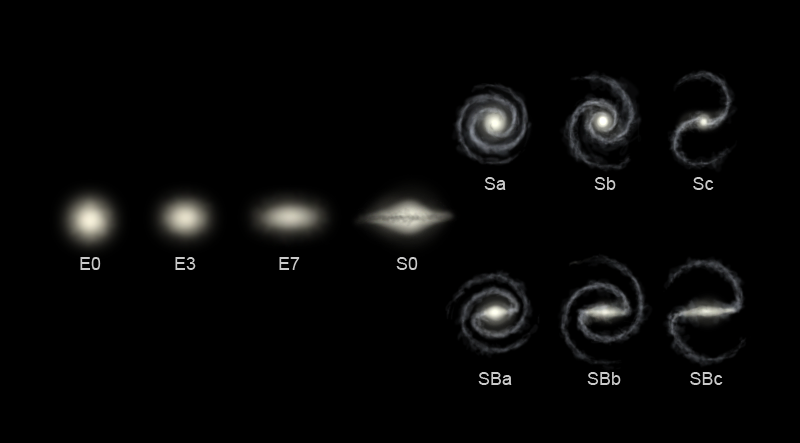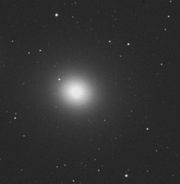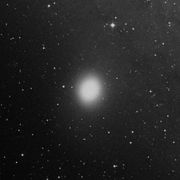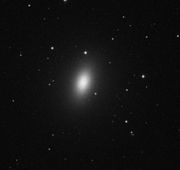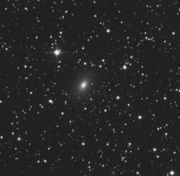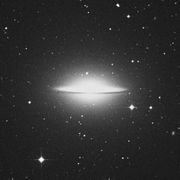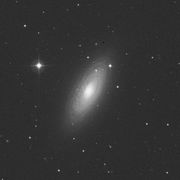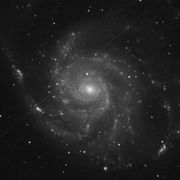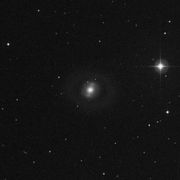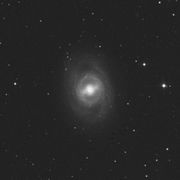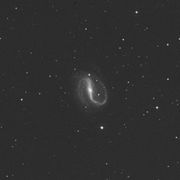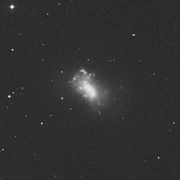Galaxy
Galaxies are collections of billions of stars all bound together by their mutual gravitational attraction. The Milky Way, which can be seen across part of the night time sky from a dark site, is actually our own galaxy as seen from our vantage point in it. To a large telescope there are millions of these "island universes" to be seen. To smaller telescopes, hundreds are visible from a dark site. In fact from a dark site, two galaxies similar to our own are visible to the unaided eye as faint fuzzy patches of light. Much fewer, of course, are visible from inside a light polluted city.
When they were first discovered, galaxies were called nebulae. In fact, anything that was faint and fuzzy through a telescope was called a nebula, which is simply Latin for cloud. Nebulae as we understand them today are clouds of gas, of which we can really only see those in our own galaxy. However, owing to uncertainty as to their distance, galaxies were thought to be in our own galaxy until the 1920's when Edwin Hubble, who having discovered Cepheid variables in M31 was able to determine that the distance to it was far greater than the estimated size of our own galaxy. This meant the galaxies were islands of stars in space like our own Milky Way.[1]
Contents |
Classification of Galaxies
Galaxies come in three basic shapes, elliptical, spiral and irregular. Spiral galaxies are further divided into normal spirals and bared spirals. Normal spirals look like simple spirals of varying tightness. Barred spirals are identified by having a "bar" of stars across their nuclei. The most common classification system used today was developed in the 1920's by Edwin Hubble himself[2]. The table below shows the classifications of galaxies developed by Hubble and the examples he provided in his paper.
| Class | Description |
|---|---|
| E0..E7 | Elliptical Galaxies: The number provides the oblateness: 0=almost spherical, 7=almost flat |
| S | Normal Spirals
|
| SB | Barred Spirals
|
| Irr | Irregulars: Galaxies with no defined shape. |
Modern taxonomy adds an additional class - S0, lenticular galaxies. These are galaxies that exist between E7 and Sa/SBa.
Hubble sequence of galaxies
It is important to note that this is not an evolutionary view. Galaxies do not progress from one type to another.
Hubble's Exemplars of Class
| E0 | E2 | E5 | E7 |
|---|---|---|---|
| [3] |
| Sa | Sb | Sc |
|---|---|---|
| SBa | SBb | SBc |
|---|---|---|
